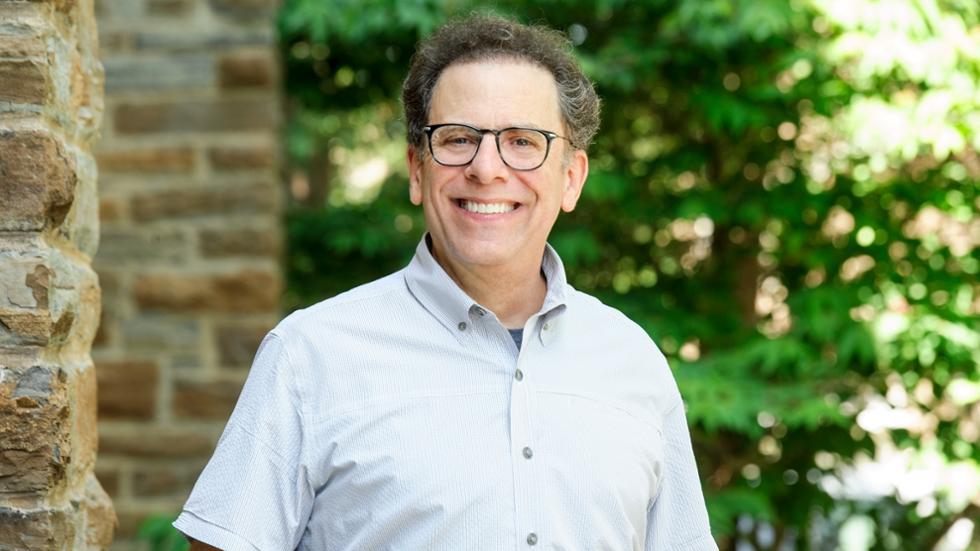
In an article titled “” published recently in the journal International Mathematical Forum, Robert Kantrowitz ’82, the Marjorie and Robert W. McEwen Professor of Mathematics, took a new look at a classical optimization problem that dates back to Heron of Alexandria (10–75 AD).
The problem, he said, “entails minimizing the distance between two fixed points in the plane subject to the constraint that any path between them must include a stop at a given line,” noting that “transformation geometry offers an elegant solution that applies equally well to several other seemingly unrelated problems,” including
- a ball caroming off the wall of a billiard table,
- a light beam reflected off a mirror, and
- other scenarios involving the principle ‘angle of incidence = angle of reflection.”
After decades of posing Heron’s problem at the start of each Opportunities Program summer mathematics course, Kantrowitz said it occurred to him “that the success of the geometric solution hinges on the fact that lines are one dimensional affine subspaces of the plane and that that relationship could be generalized to wider settings.”
In “Heron’s problem in an inner product space,” he recasts Heron’s problem in the context of an abstract finite dimensional inner product space. Kantrowitz said that “when the constraint is represented by a hyperplane, a natural analogue of the geometric approach in the classical case yields the solution.” The article concludes by offering a modest extension of the method for more general constraining subspaces.
Posted May 1, 2025
